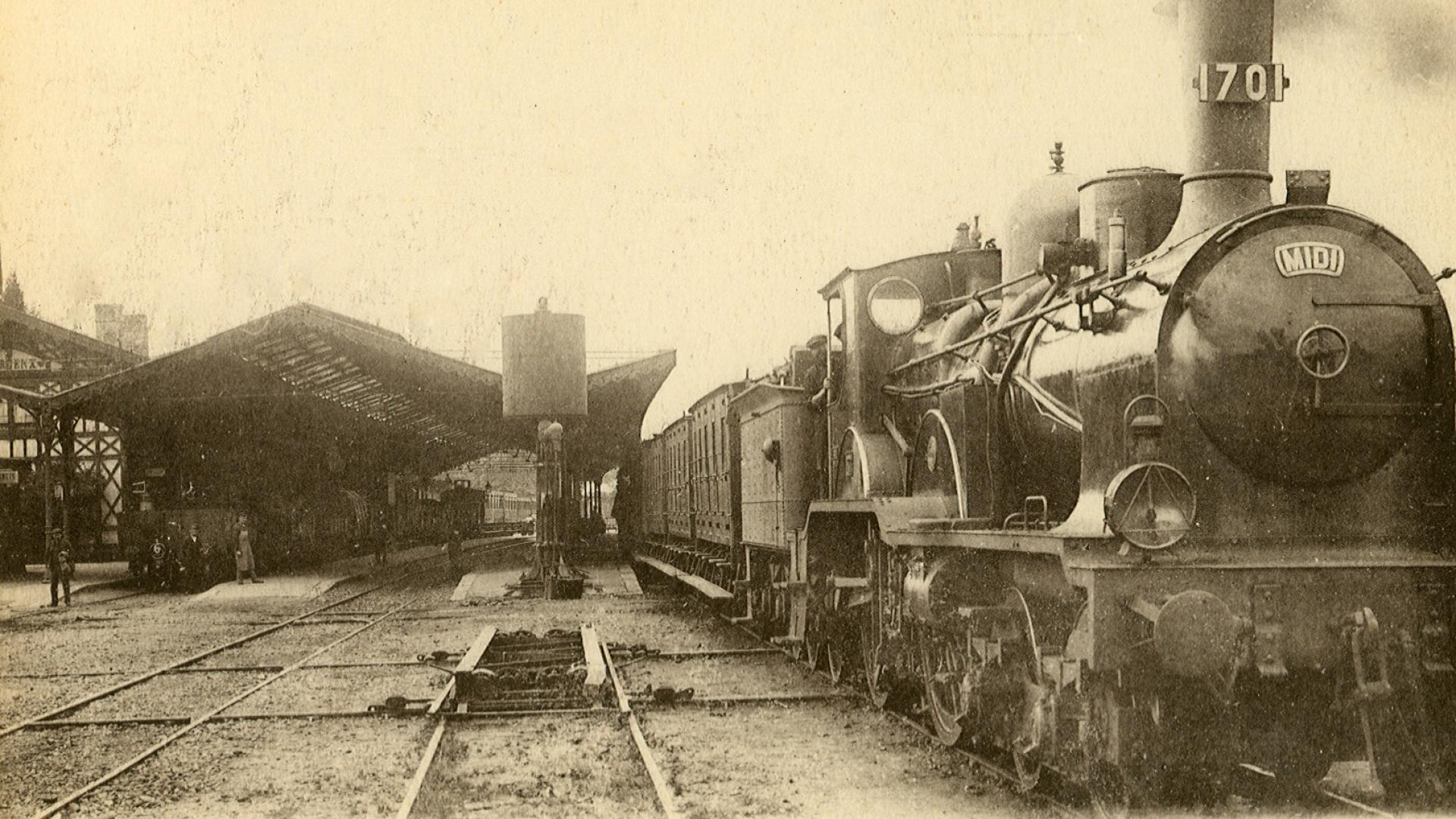The town's elected officials quickly saw the business benefits of the train's arrival. A station, yes, but 3 km from the town and in marshy sheep moors. The Compagnie du Midi was in charge of this colossal project. In 1854, Empress Eugénie took the train from Bayonne to Bordeaux to inaugurate the successful laying of the rail in record time. Construction of Morcenx station was well underway in 1856 thanks to the assembly of prefabricated, juxtaposed modules. The Morcenx station has nine modules, while the Labouheyre station has four and the Rion station has two.
On August 18, 1859, Their Imperial Majesties inaugurated the Morcenx-Tarbes line via Mont-de-Marsan with great pomp in Tarbes. Morcenx station became the terminal for the Pyrenean foothills, its spa resorts, and the Lourdes pilgrimage. To enhance its welcome, it was enhanced with a renowned buffet, the largest in Europe, and a canopy that protected an ever-increasing number of travelers. These included the military in barracks at Mont-de-Marsan and the collective pilgrimages that spread to all French and foreign dioceses. In 1913, approximately 60,000 pilgrims passed through Morcenx on their way to Lourdes, the world's leading railway hub for Catholicism, competing with Rome.
From 1882, Morcenx station became the central point of the network of small local interest trains, the maches-culs, which transported passengers and goods, agricultural produce, wood and barrels of resin throughout the department. In addition to the nine existing tracks, 14 marshalling tracks were added, which allowed the trains to be sent to the 52 stations attached to its area of operation. At the height of its activity, a thousand wagons a day were brought to the marshalling mound.
With the post-war years came the era of speed. Morcenx station was the scene, located at the end of the longest railway line in France: a 66 km straight line from Lamothe. The SNCF took on the challenge with electric locomotives, the BB 9000 and the CC 7000. They shattered the world record by exceeding 330 km/h, a record beaten by only 50 km/h in 1981 by the TGV 016.
The station is over a hundred years old. It has lost its canopy and undergone several necessary restorations. The last one was in 2013, as noted on the sign on the facade. It remains a vital connection station for the Landes region, while contributing to regional, national, and cross-border traffic with its CapTrain service point.
